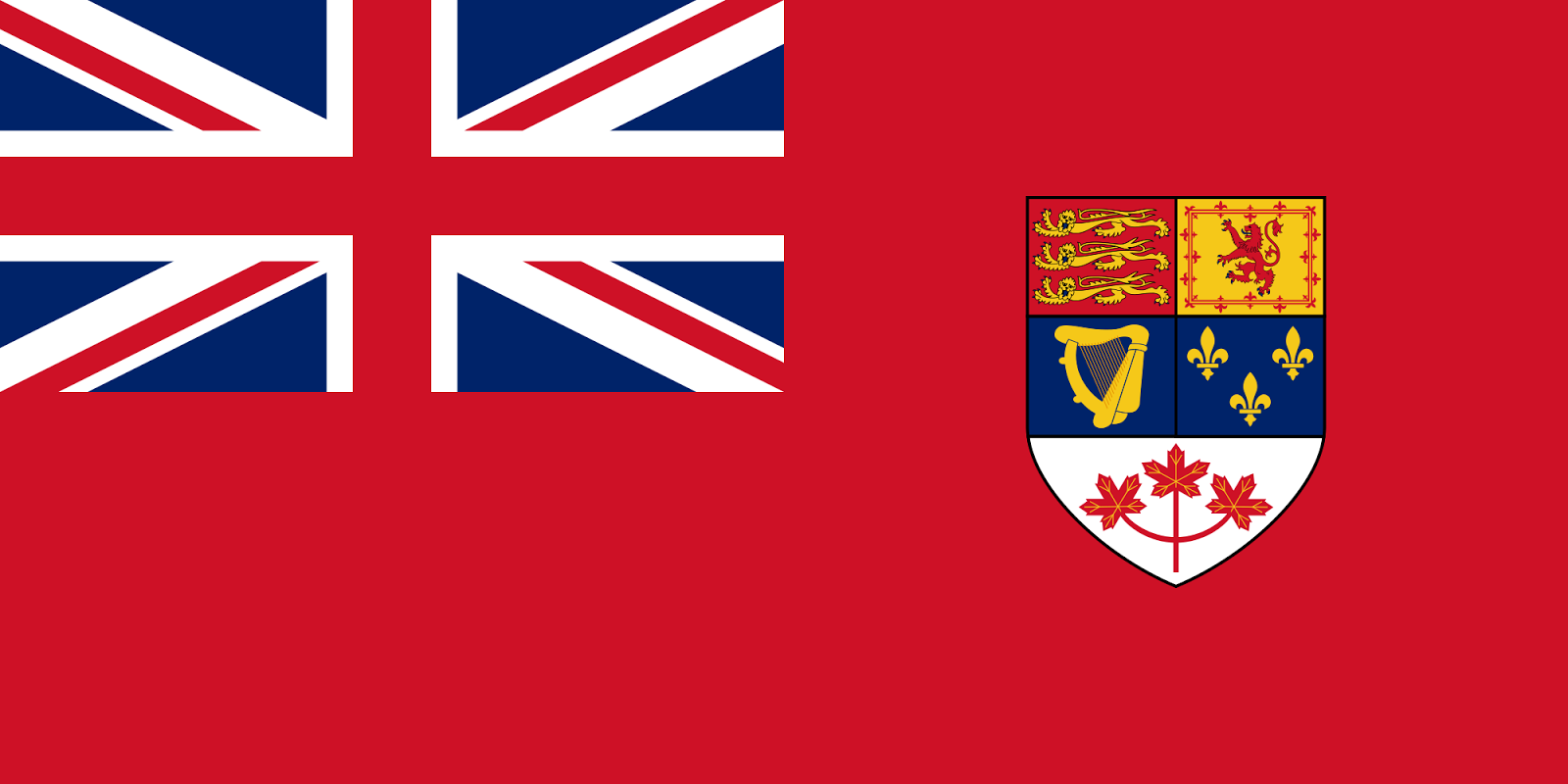A correspondent, wanting to cite the world’s largest empires currently, produced the following list:
France: French Guiana and other possessions
Great Britain: Falkland Islands and other possessions
Denmark: Greenland
Netherlands: Netherlands Antilles
But these nations, though they once had their day, are pikers in the Empire Bowl.
What is an empire? “A state uniting many territories and peoples under a single sovereign power.”
China and India must rank as the two largest empires currently—indeed, two of the largest empires in history. Each rules about one fifth of mankind. In China, the Han nationality strongly dominates, but it includes such disparate territories as Tibet and (Caucasian) Sinjiang, and over fifty “national minorities.” India includes a vast number of languages—which means, ethnicities—with the languages of South India completely unrelated to those of the North. When China was ruled by the Qing, nobody doubted it was an empire. When India was ruled by the Mughals, nobody doubted it was an empire. They still are.
After that comes the EU—comprising another ninth of humanity, and the greatest empire ever to emerge on that continent.
After those three, Canada is worth an honourable mention at least. Nunavut, Quebec, Newfoundland, Vancouver—pretty far-flung territories, pretty disparate peoples.
There are more, including most of the countries of Africa: South Africa, Nigeria, Tanzania, the Congo. Taken together, empires are about as common as nation states.
Are nation states preferable? Not obviously. Empires have been given a lot of bad press over the last fifty years or so, but they have many advantages.
Diversity is not always a bad thing.
Subscribe to:
Post Comments (Atom)













No comments:
Post a Comment